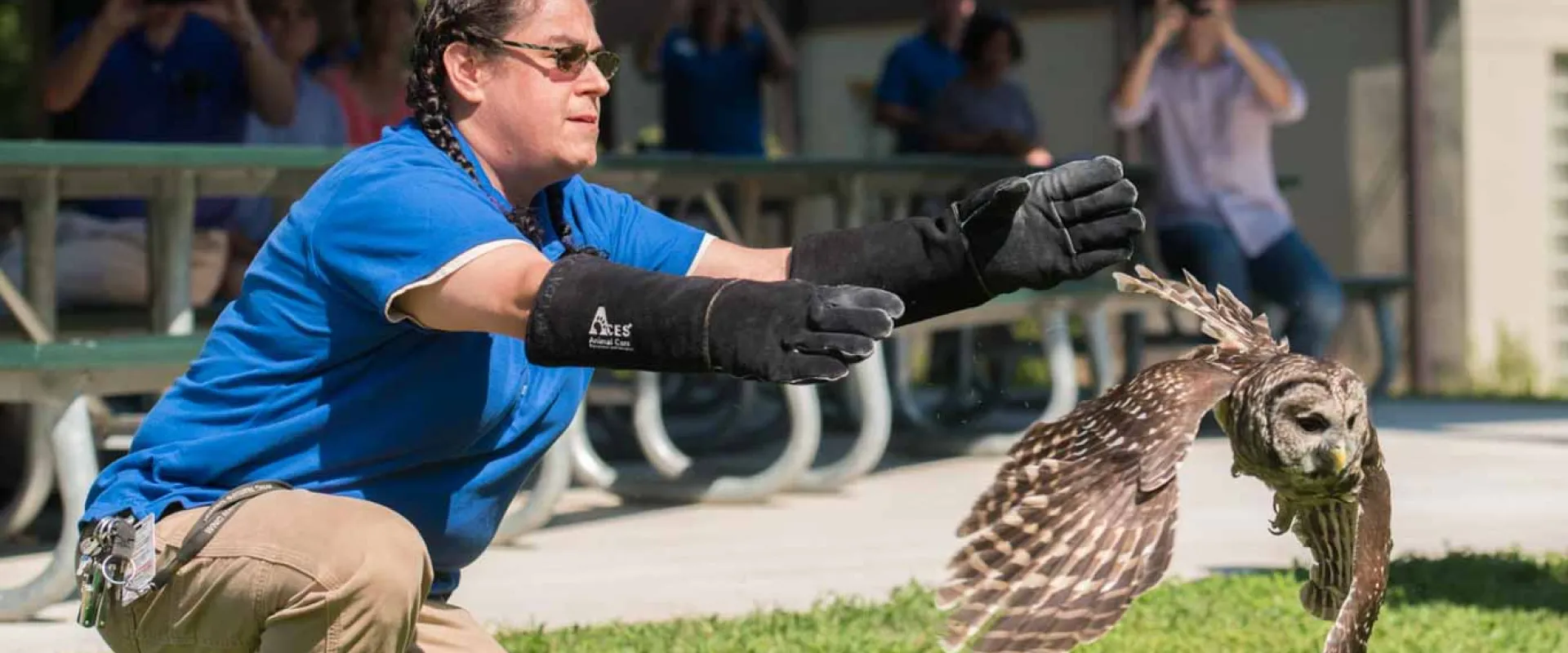Recognizing the Requirement for Animal Control Burlington in Urban Environments
Recognizing the Requirement for Animal Control Burlington in Urban Environments
Blog Article
Efficient Wild Animals Removal Strategies for a Peaceful Home Setting
In the search of keeping a tranquil living area, property owners usually encounter the obstacle of wildlife intrusions, which can interfere with the tranquility of their atmosphere. Executing reliable wildlife elimination methods requires a nuanced understanding of both gentle exemption techniques and preventative actions.
Identifying Common Wildlife Intruders
Recognizing typical wild animals intruders is a vital first step in reliable wild animals management. Recognizing the specific types that regularly infiltrate residential and industrial rooms allows homeowner and wild animals experts to apply targeted strategies for mitigating possible damage and health and wellness threats. Typical burglars commonly consist of raccoons, squirrels, bats, and numerous types of birds and rodents, each bringing unique challenges.
Raccoons, for example, are recognized for their dexterity and can trigger significant structural damage while looking for food or shelter. Squirrels, with their propensity for gnawing, can harm electrical wiring, presenting fire risks. Bats, while useful for managing insect populations, can come to be a hassle when they roost in attic rooms, possibly spreading illness such as histoplasmosis. Birds, including pigeons and sparrows, usually create unsanitary problems with their droppings, bring about structural destruction and health and wellness problems. Rats, such as rats and computer mice, are notorious for their fast reproduction and capacity to penetrate small openings, positioning severe health and wellness threats because of their capacity to spread diseases.
Humane Exemption Strategies
Comprehending the typical wildlife intruders is the foundation whereupon effective exemption techniques are built. Recognizing types such as raccoons, birds, and squirrels helps in developing gentle exclusion methods customized to certain behaviors and access approaches. Exemption is a preventative technique intended at rejecting wildlife accessibility to homes and residential or commercial properties, hence decreasing the requirement for more invasive procedures.
The cornerstone of humane exemption includes securing potential entry factors. Additionally, ensuring that windows and doors are protected, and that displays are intact, can better deter access.
Setting up motion-activated lights or ultrasonic gadgets can inhibit nighttime wild animals. These exemption techniques not only safeguard the home environment but additionally appreciate the wild animals, enabling them to grow in their all-natural habitats without injury.
Safe Trapping Methods
When exclusion methods are not enough, safe trapping methods come to be a needed recourse in wild animals management. Trapping, when performed properly, offers a humane and reliable ways of dealing with a prompt wildlife issue while making certain very little stress and anxiety and injury to the animal. This method needs an understanding of both the habits of the target types and the honest considerations associated with wildlife handling.
These catches must be checked frequently to avoid excessive tension or injury to the captured wild animals. It is critical to follow neighborhood guidelines try these out relating to trapping and relocation to make sure compliance with legal standards and wild animals preservation principles.
Additionally, lure choice and placement are important components in making certain effective trapping. Lure ought to be selected based upon the dietary choices of the target varieties and tactically put to entice the pet into the catch. As soon as trapped, the animal ought to be handled with care, utilizing safety equipment if required, to assist in secure transport and release, thereby maintaining a balanced environment and a calm home atmosphere.
Preventative Home Alterations
While risk-free capturing approaches address prompt wildlife problems, lasting remedies often involve preventative home modifications to discourage pets from entering human spaces. Executing these modifications not just enhances the security and comfort of your living atmosphere yet also decreases the likelihood of future wild animals invasions.
An essential element of preventative techniques is securing possible entry factors. This includes inspecting and repairing any gaps or fractures in the foundation, wall surfaces, and roof covering, as these can become gain access to paths for wildlife.
Landscape design adjustments can additionally work as effective deterrents. Cutting tree branches that overhang the roof and removing debris heaps can eliminate courses and environments that attract wild animals. Maintaining a clean backyard by securing garbage bins and compost heap discourages scavengers such as marsupials and raccoons.

When to Call Specialists,##.
Expert intervention comes to be vital in scenarios where wild animals concerns exceed the extent of DIY remedies. Property owners may come across conditions where the complexity or danger of the wildlife problem requires expert knowledge. Dealing with aggressive pets such as raccoons, bats, or snakes usually needs customized abilities and devices to make certain safety and effectiveness. Attempting to take care of these creatures without correct expertise can cause injury or aggravate the issue.
In addition, problems involving protected or threatened varieties need a nuanced technique to abide by legal laws. Professionals are equipped with the essential permits and comprehend the lawful frameworks controling the handling of such types. This makes sure that removal is conducted morally and within lawful limits.

Last but not least, when wild animals presents a relentless trouble in spite of duplicated DIY efforts, professional services can supply thorough assessment and lasting remedies customized to stop recurrence - wildlife rescue burlington. Their experience not just settles the immediate issue yet likewise safeguards the home atmosphere in the future
Final Thought
Carrying out reliable wild animals elimination approaches is important for maintaining a tranquil home environment. Together, these strategies develop a harmonious living space cost-free from wildlife disturbances.

These exclusion methods not just safeguard the home environment but also value the wild animals, permitting them to grow in their all-natural habitats without harm.
Carrying out efficient wildlife elimination approaches is essential for keeping a relaxed home setting.
Report this page